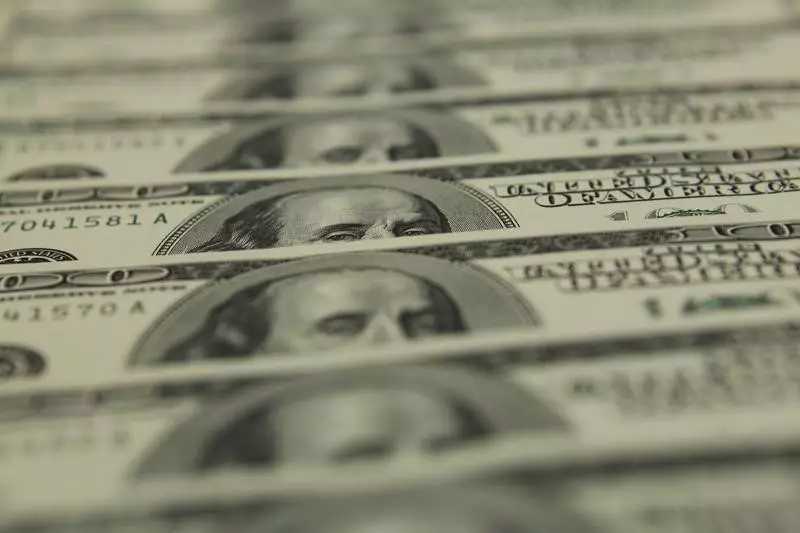The U.S. dollar saw a slight decrease in value on Friday, following a strong retail sales report that eased concerns about a possible recession in the country. The Dollar Index, which measures the dollar against a basket of other currencies, dropped by 0.1% to 102.725. This decline comes after a 0.4% increase in the previous session, marking the largest one-day gain in four weeks.
Despite data pointing towards benign inflation, the U.S. Federal Reserve is expected to cut interest rates at its upcoming meeting in September. The solid July retail sales release has reassured investors that the central bank is not behind in its actions and may not need to make aggressive rate cuts to prevent a recession. This has helped the dollar bounce back from losses earlier in the week, although it is still on track to finish the week with a decrease in value.
Analysts are now shifting towards pricing in a 25 basis points Federal Reserve rate cut for the September meeting. The upcoming Federal Reserve’s annual Jackson Hole symposium, where Chairman Jerome Powell will provide insights, is expected to be a key event next week. This event will play a crucial role in shaping market sentiment leading up to the next Fed policy-setting meeting.
In Europe, the GBP/USD pair experienced a 0.3% increase after positive British retail sales data for July. The Bank of England’s recent rate cut has raised doubts about further rate cuts in the future. Meanwhile, the EUR/USD pair showed signs of improvement after a recent decline, reaching its highest level for the year.
In Asia, the USD/JPY pair fell by 0.4% as the Japanese yen strengthened on positive gross domestic product data and stronger wages. This economic strength is expected to give the Bank of Japan room to raise interest rates. The USD/CNY pair also saw a slight decrease, despite mixed economic readings from China and promises of additional stimulus measures by Beijing. The focus now shifts to the People’s Bank of China’s decision on its benchmark loan prime rate for the upcoming week.
The U.S. dollar’s fluctuations in response to economic data and market events indicate a delicate balance between investor sentiments, central bank actions, and global economic trends. The upcoming Fed meetings and events in Europe and Asia will continue to influence the currency markets, making it essential for investors to stay informed and adapt to changing conditions.

